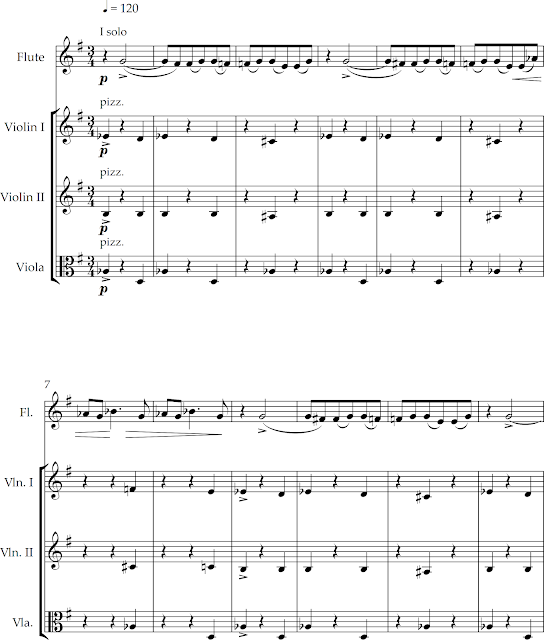CCXXX. SHOSTAKOVICH, Dmitri (1906-1975)
Yes, he's conducting with a toothpick.
Yes, he's good friends with Putin.
**
Shostakovich must have felt conflicted on March 5, 1953, the day both Prokofiev and Stalin died.
A dirge for his old friend, Sergei -- and perhaps a gleeful jig at the demise of his -- and his peoples' -- greatest enemy, the dictator who had made their lives so miserable.
In this symphony -- one of the greatest and mightiest of the Fifteen -- one can clearly hear the voice of Shostakovich. After the deliberate lightness of the 1945 Ninth (see Post CLXX) -- and with the death of his primary censor -- he probably felt the freedom to encode, with little subtlety, his pent-up feelings.
Now, to the music:
In this symphony -- one of the greatest and mightiest of the Fifteen -- one can clearly hear the voice of Shostakovich. After the deliberate lightness of the 1945 Ninth (see Post CLXX) -- and with the death of his primary censor -- he probably felt the freedom to encode, with little subtlety, his pent-up feelings.
Now, to the music:
First Movement
Perhaps this is the dirge that Stalin thought would be the subject of the Ninth:
Perhaps this is the dirge that Stalin thought would be the subject of the Ninth:
The clarinet sneaks in with a mournful, intense line:
Just the woodwinds given here for this delicious run!
With the initial quarter-note motif in the low winds and brass, Shostakovich brings things to a fantastic pitch:
Themes return, developed, and a lonely piccolo brings the movement to a close:
"I did depict Stalin in my next symphony, right after his death .. it's a musical portrait of Stalin, roughly speaking."
This is spectacular, heart-pounding music. When the snare drum enters (Bar 31 below) the entire atmosphere becomes electric:
and the triumphant ending:
Third Movement
Mixed up in this opening theme are Shostakovich's initials (D-S-C-H) [S = E-Flat; H=B-Natural]. Notice that his initials start with the second note (D), the third note (E-Flat), the first note (C) and the fourth note (B-Natural).
He'll make it clearer in a few moments:
This "name-motif" will be ubiquitous for the remainder of the symphony.
But Shostakovich sneaks another, obscurely hidden, motif -- spelling out the name of his lover (Elmira Nazirova) in a mixture of French and German nomenclature:
E La Mi Re A
The movement dissolves with the horn playing the Elmira motif and the flutes and piccolo chirping out the DSCH motif:
Fourth Movement
Similar to the beginning of the first movement, Shostakovich takes up an Andante theme in B Minor (parallel minor of the dominant) ... a solo oboe plays a mournful tune:
The pace quickens, and the piccolo takes up a dance-like melody:
Building up to a frenzied finale, of course Shostakovich returns to his name-motif, this time blaring out in the horns -- first in 1/4-notes, then in 8th-notes:
and in the final bars, another glorious ascending sweep, ending with a bang ...









































No comments:
Post a Comment